RAW MATERIAL
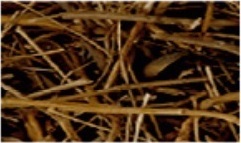
Cummine Waste
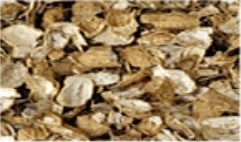
Groundnut Shells
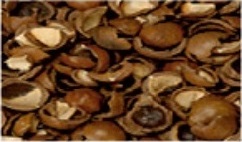
Macoddana Shells
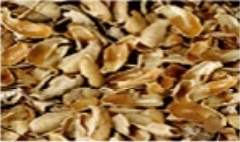
Castor Seed Shells
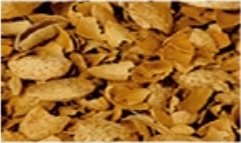
Almond Shells
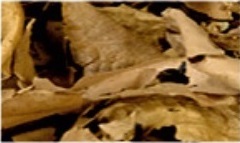
Forest Leaves
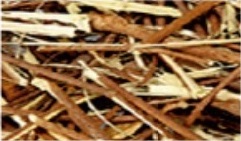
Cotton Salk
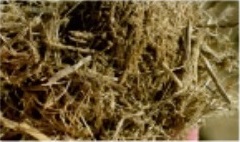
Bagasse
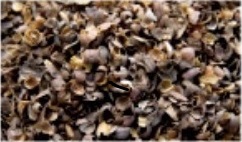
Coffee Husk
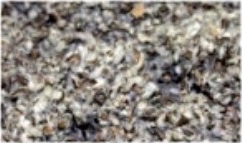
Cotton Seed
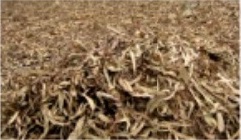
Eucalyptus Waste
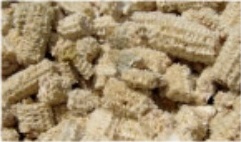
Corn Waste
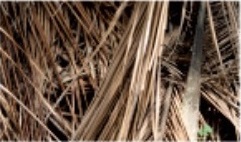
Coconut Leaves
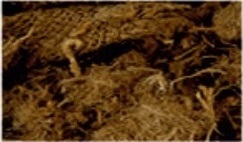
Jute Waste
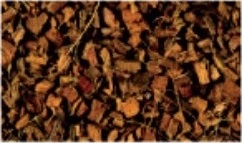
Coconut Husk
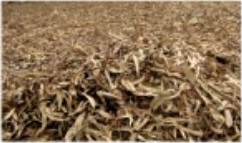
Eucalyptus
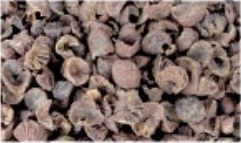
Bitternut Shell
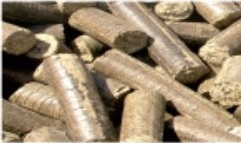
Finished Product
BRIQUETTED / WHITE COAL
The coal made from agriculture and forest – wastes & residues in form of briquettes has been named as “Briquetted white coal”. It can be efficiently used to replace coal & firewood.
The White coal – Solid Briquettes are converted from agro wastes to solid cylindrical shape. The white Coal is substitute fuel energy which is output of Briquetting Plants.
Background
The entire world at present is concerned over limited natural resources which are becoming scarce day by day. The Scientists all over the world are exploring the use of non-conventional energy sources. Briquetting Plant technology is a Step towards this to achieve the goal of non-conventional energy source.
In recent years there has been a significant increase in the consumption of conventional Fuels viz furnace oil, coal Lignite, wood etc. in small & medium industries for their process involving heat treatment in their production pattern. This ever increasing demand for conventional fuels is making erosion of the natural sources without replacing them. India is already In the midst of fuel crisis. There is a need to adopt some innovative technologies which can produce energy by recycling available inputs without changing the quantum of existing one.
There is a tremendous scope to bring down the waste of conventional energy sources to a considerable level through the development, propagation of non conventional BREQUETTING TECHNOLOGY (briquetting machine, briquetting Plant, Bio Mass Briquetting Plant) for production of agro residue briquettes to meet thermal energy requirements. Therefore this substitute energy medium is given national priority as it appears to be the only permanent solution into restrictions of national loss.
RAW MATERIALS
All Materials containing lignite and cellulose are suitable for densification. Successful tests have been carried out with a variety of materials from:
• Forest Industries such as :
Saw Dust, Sander Dust, Secondary Pieces of Wood, Tree Bark and Twigs Pine Needles Wild Grass.
• Agriculture and Food Industries :
Husks of coffee, sunflower, rice husk, shells of ground nut, almond & cotton stalks, bagasse of sugarcane, Leaves and trash. Above sectors can be briquetted individually or in combination depending on their availability and blending properties.
INTRODUCTION BRIQUETTED
Bagasse of sugarcane and Press mud
A Potential Source of power
Bagasse is a fibrous residues left after the extraction of juice from sugarcane. the quantity of bagasse depends on the fiber content of sugarcane. Availability of bagasse is very high in various states of India like South Gujarat, Maharashtra, Uttar Pradesh & Andhra Pradesh Almost the entire quantity of bagasse produced in India is used as a captive fuel in the sugar factories for generating steam in the boiler to drive the prime Mover & to boil and concentrate sugarcane juice. Sugar mill bagasse which contains about 48% moisture is required to dry in open until the moisture reduces to 10-13%. After drying & briquetting, calorific value of briquetted bagasse is 4300 K Cal./Kg.
In addition to bagasse, sugar mill waste (Press mud) is available in large quantities which is approx 35% of the sugarcane crushed. This press mud is either thrown away or is used as a cheap fertilizer.
The use of this cheap fertilizer gives low yield as compared to the modern fertilizer available however the major quantity of press mud goes just as waste. The briquettes made from press mud after drying & briquetting have Calorific value 4000 K Cal. / Kg. Approx.pprox.
TECHNOLOGY
At present in India direct (binder less) technology is most popular & successful. This technology has been adopted to suit Indian conditions according to the characteristics of raw materials available from various natural resources in different seasons. This binder less briquetting technology is based on very high compact characteristics of combustibles cellulose agro waste such as bagasse & saw dust, groundnut shells, rice husk cotton stalk, custard shell etc. in to cylindrical briquettes through high heat process.
Briquetting technology is well developed in advance countries like Switzerland, U.S.A., Denmark, Canada, Brazil, U.K. etc.
PLANT & MACHINERY
Normally briquetting plants are based on saw dust at 180 kg / m3 bulk density at 7-10% moisture content. The output on all other raw materials will be directly in proportion to their bulk density.
The plant & machinery required are determined by the characteristics of the raw materials being processed. We the team of technocrats of RONAK ENGINEERING are offering the most versatile plant in its true sense. Our Briquetting plant would consist of the following major units.
Briquetting Unit
It mainly consists of Briquetting press.
The Briquetting press is raw type press designed for continuous heavy duty operation with two load wheels. One of the load wheels acts as a pulley and driven by the main motor through flat belt. Forced lubrication is provided by oil lubrication system which gives longer life to press.
Screw conveyer
With reduction gear & electric motor for regular feeding of raw materials to Briquetting Machine.
Oil Lubricating System
Forced lubrication is provided by hydraulic oil lubrication system which gives longer life to Briquetting Unit.
Panel Board
Panel Board is specially designed with controls to monitor entire process of Briquetting Unit.
